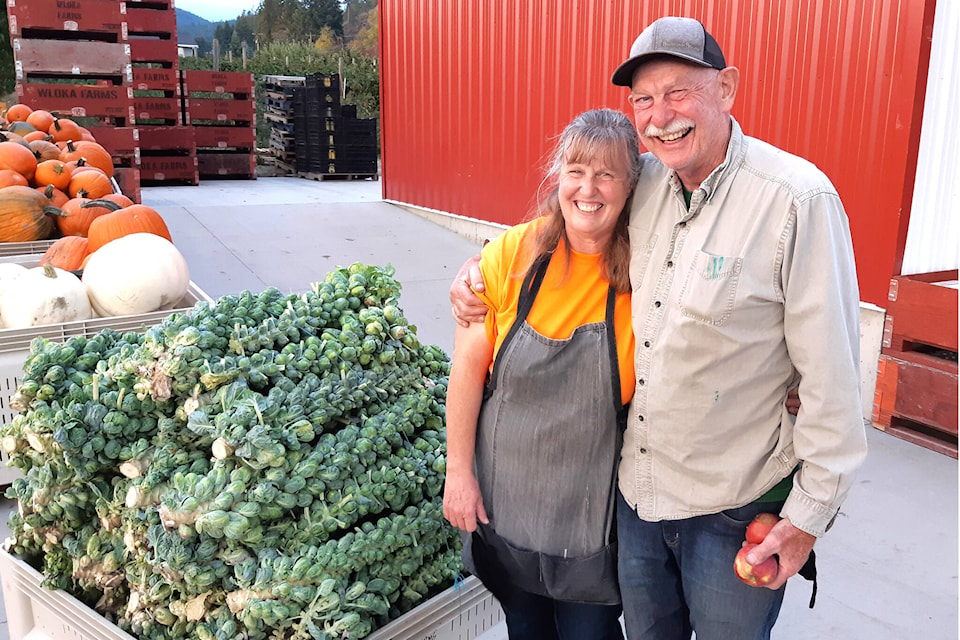By Barb Wloka
As discussed in our last article about seed potatoes, it’s almost time to get out in the garden and start planting.
READ MORE: Wloka Farms: What to know about seed potatoes
When you go to plant your seed potatoes, you may increase the number planted by cutting the spuds into chunks. Should you do this? Well, there are two distinct sides to this argument with a third possible outlook.
There is a feeling among some gardeners that leaving a potato as a whole entity is a good thing because the intact potato will feed the sprouts with a wholesomeness that cutting does not allow. Then, there is the idea that cutting your seed potatoes can increase the number of plants you will grow. If you do choose to cut your potatoes, the number of eyes required on each chunk generally needs to be two or three in order to give decent production. The final outlook stretches your potato even further – if you allow a potato to chit (grow sprouts from its eyes prior to planting) and then cut just the individual eyes off with only a sliver of potato, the remaining potato may be cooked up and consumed! This is a practice that was used frequently during the depression when food was in short supply.
Now, let’s look at those first two options in more depth.
First of all, if you leave a potato as a whole entity, the number of eyes will be greater (unless it is a very small potato to begin with). Each eye has the potential to produce a green plant and, on each green plant, tubers (potatoes) will form. So the number of potatoes produced may be greater than on a potato chunk. However, the individual sizes of the potatoes produced may be smaller simply because the plant is attempting to grow so many more tubers.
If potatoes are cut into chunks with only two or three eyes on each, less green shoots will grow and less potatoes will form but the size of each individual tuber will tend to be larger. And, if you have the land space to plant more chunks, the number of plants will be greater. So, the overall harvest might be as large or larger than if the full potatoes were planted.
A downside to cutting potatoes is that the cut side may be a source of rot. If there is time, it is best to cut potatoes three to four days prior to planting so that the exposed potato flesh may dry. This will help to prevent rot from happening. If there is no time to allow the potato to dry, it’s best to either plant immediately or treat the cut side with a sulfur powder to help prevent rot.
There are, of course, so many other variables which will impact how potato plants produce. Soil composition, moisture content, how cold the soil was at the time of planting, weed control, how often hilling is done… the list feels endless.
So… do we, as commercial growers, cut our potatoes for planting? We do – but only to prevent plugging the planting machine we use!
Barb Wloka is owner/operator of Wloka Farms Fruit Stand in Creston, B.C. She and her husband, Frank, have farmed for over 40 years and have learned a lot through trial and error. To grow their knowledge base, both continually research and collaborate with others. They also pick up tidbits of information from staff and customers. Learning to farm is a life-long educational experience!
